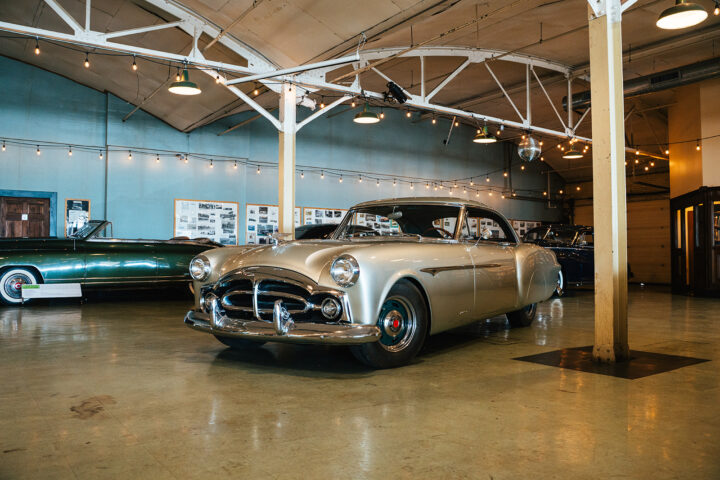Many classic car aficionados are so concerned with how their vehicles look and how the leather feels, that they can find themselves neglecting to notice whether or not the vehicle itself is in good shape. This can be a costly mistake that you will definitely not want to make as a classic car buyer and/or driver.
That being the case, let’s take a look at 4 signs that could indicate your classic car is not so safe, no matter how sleek and shiny it may appear on the surface.
1. It has no seat belts
Unlike modern cars classic cars which were manufactured before 1968 do not need to have seat belts installed. That means you could well buy an older vehicle that has not been fitted with seat belts. This in itself does not mean the condition of the car as a whole is bad, but it does mean the vehicle is not as safe as it could be by modern standards, so it might well be worth looking at having some fitted. Doing so will hardly change the style or integrity of the car, but it could be the difference between needing a car accident lawyer to help you with significant injuries, and not, for example.
2. Rust
Many older cars will succumb to rust, and there are things you can do to treat rust, not just cosmetically, but in a way that will help to save the integrity of the classic car. That being said, a car that has significant amounts of rust on the bodywork is never a good sign. It could mean the car’s body is corroded and weakened, and sometimes, this means it is simply not worth buying, nor particularly safe to drive.
3. Screeching brakes
Your classic car may look the part, but does it sound it? if, far from being a quiet, purring well-oiled machine or a vehicle. If your classic car is most noted for its screeching, howling braking system, then you probably have a problem on your hands. The older brakes are the more likely they are to fail and that could have very serious consequences for you and anyone else who is on the road around you. Get them checked out as soon as possible.
4. There is no effective crumple zone
Sadly, most classic cars do not have very good crumple zones, as this is a more modern invention in the history of car design. That means if you are involved in an accident, it could end up being quite a bit more serious than it may be in another vehicle. That being said, it should not necessarily put you off driving a classic vehicle, but you may want to look at what measures you can take to be safer, such as not driving too fast or on roads that are known for heavy traffic and accidents.
Spott any of these signs, then you might need to think more carefully about your classic car and if and when you drive it.

-scaled.jpg)
.jpg)
.jpg)


















